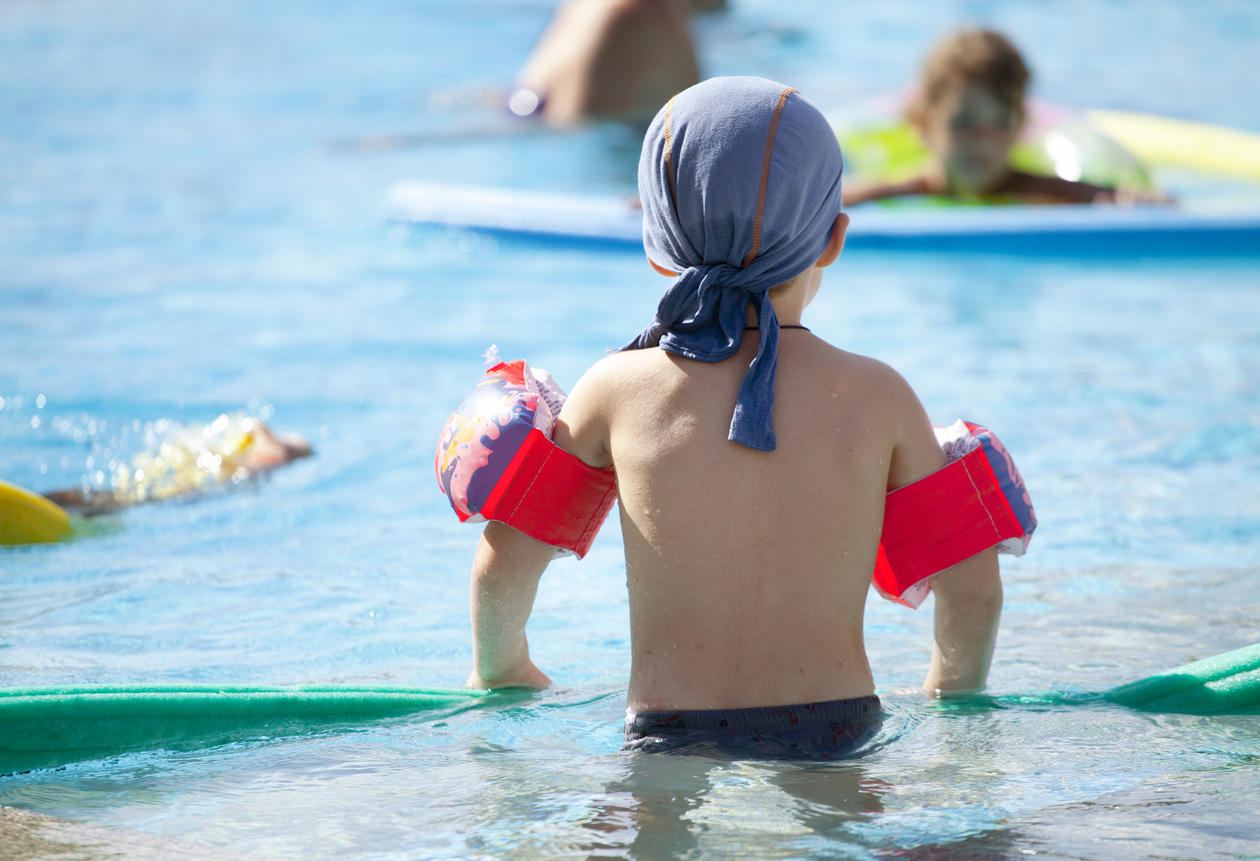Exposure to sun can lower MS risk?
The results of a study comparing groups in Norway and Italy have shown that sun exposure in childhood and adolescence may lower the risk of later developing Multiple Sclerosis (MS).
Main content
Sun exposure and multiple sclerosis risk in Norway and Italy
Bjørnevik K, Riise T, Casetta I, Drulovic J, Granieri E, Holmøy T, Kampman MT, Landtblom AM, Lauer K, Lossius A, Magalhaes S, Myhr KM, Pekmezovic T, Wesnes K, Wolfson C, Pugliatti M. (Authors from the Department of Global Health and Primary Care, UiB in bold).
The Multiple Sclerosis Journal, Jan 2014
Vitamin D and the immune system
The study team, led by PhD candidate Kjetil Bjørnevik, -aimed to demonstrate that the amount of sun exposure through outdoor activity during long periods in childhood and adolescence had an effect on the risk of later developing MS. Previous research has shown that sun exposure is a determining factor in a person’s vitamin D status and that both sun exposure and vitamin D affect our immune systems and thus may also be implicated in autoimmune diseases such as MS.
The paper describes a case-control study involving MS patients and control groups in both Italy and Norway. Participants were asked to record their sun exposure habits during their childhood and adolescence. Comparing the two locations allowed researchers to explore regional genetic and environmental influences - in this study, sun exposure - on the prevalence and incidence of MS.
Summer outdoor activity decreases MS risk
The results showed that there was a significant association between infrequent summer outdoor activity and a higher MS risk in both countries. This association was strongest for summer sun exposures in Norway between the ages of 16-18, and in Italy between birth and 5 years. Not surprisingly, there was also an association for winter sun exposure and outdoor activity in Italy. In Norway there is not enough sun exposure, more specifically ultra-violet radiation, in the winter to stimulate natural vitamin D production. Interestingly, winter trips south by Norwegians were not sufficient exposure to reduce the risk! Furthermore, in Norway extensive use of sunscreen in childhood also increased the risk.
Outdoor activity / sun exposure was the most important factor affecting later MS risk. Skin colour, skin reaction to sun, hair and eye colour had only small additional effects.
More to be done!
While the study demonstrated that sun exposure through outdoor summer activity in childhood and adolescence reduces the risk of later MS development, more work is needed to learn more about the biological processes involved in the relationships between vitamin D and the immune system, and in the kinds of ultra-violet rays that are involved.
Read the full article here: http://www.ncbi.nlm.nih.gov/pubmed/24414538
